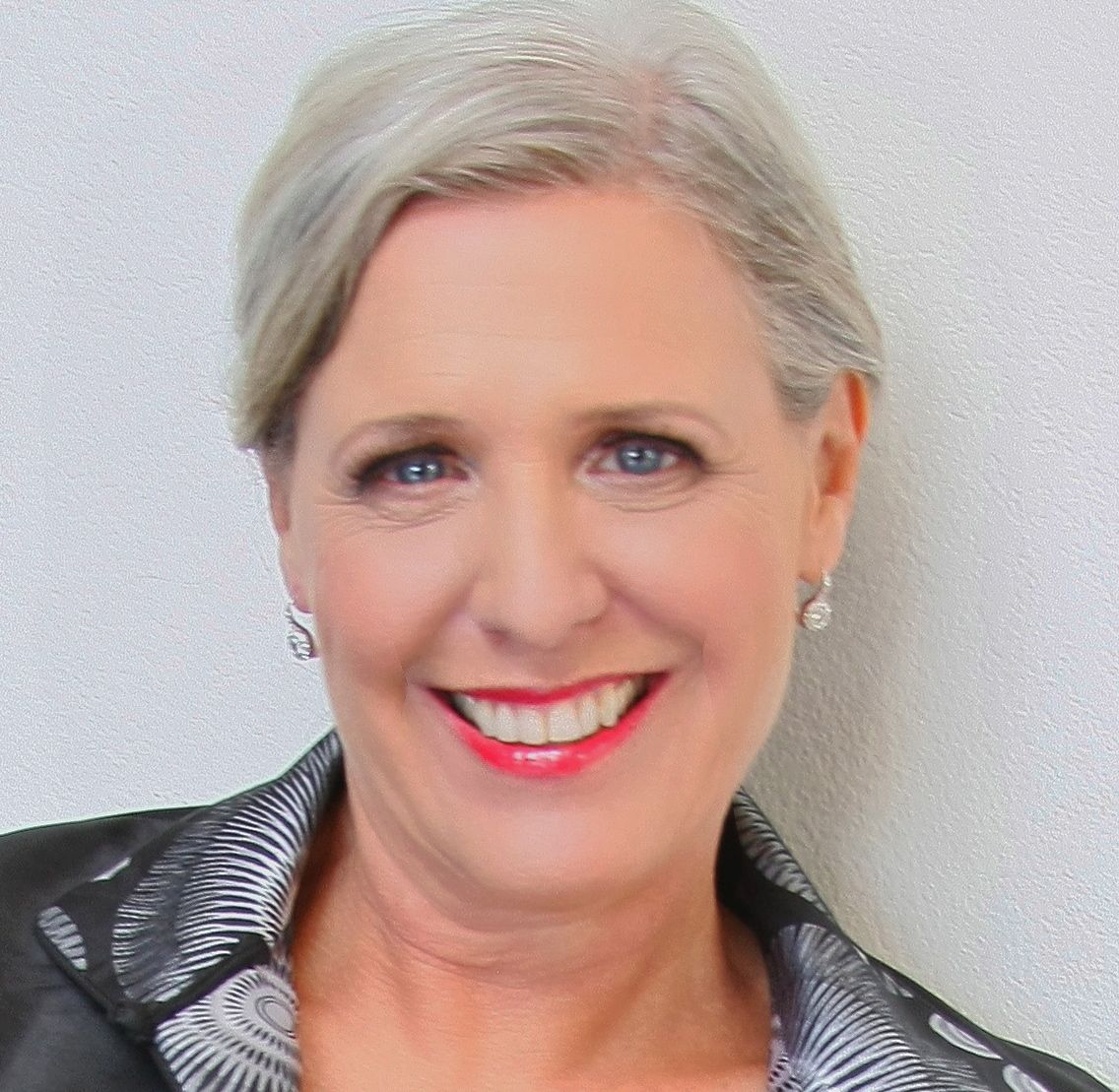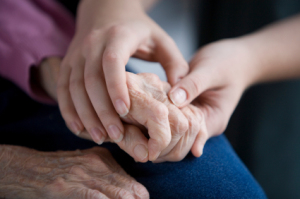Obesity: Shifting the Balance of Hunger and Satisfaction
Photo credit: Henley Design Studio Every day, we experience hunger but do we ever stop to think about what is happening in our bodies? And do we know what it means to help our brains feel satisfied? Americans spend more...
Read More




